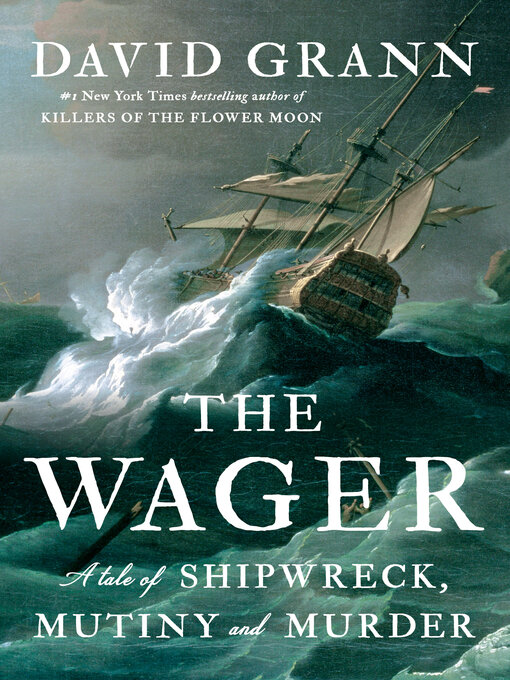SocProf a publié une critique de The Wager par David Grann
Full title checks out
5 étoiles
The book delivers on its title. The author is the same guy who wrote Killers of the Flower Moon and he sure know how to write page-turners. Here, the basic story is about a squadron of British ships that, in 1740, were sent to chase after a Spanish galleon to steal its supposed load of silver. In order to do that, the squadron would have to round Cape Horn. A lot happens. Three different groups from the original crews make it back to England after about 6 years, some were shipwrecked, some carried out the mission, and two different groups of castaways ended back home through separate routes. It is a rich narrative, and a darn good story. Colonialism still sucks.
The book delivers on its title. The author is the same guy who wrote Killers of the Flower Moon and he sure know how to write page-turners. Here, the basic story is about a squadron of British ships that, in 1740, were sent to chase after a Spanish galleon to steal its supposed load of silver. In order to do that, the squadron would have to round Cape Horn. A lot happens. Three different groups from the original crews make it back to England after about 6 years, some were shipwrecked, some carried out the mission, and two different groups of castaways ended back home through separate routes. It is a rich narrative, and a darn good story. Colonialism still sucks.


